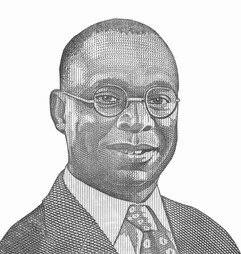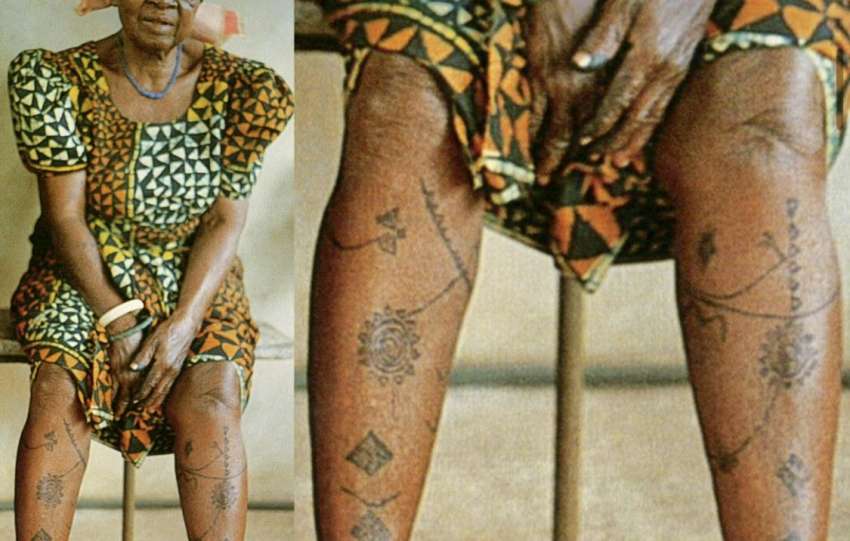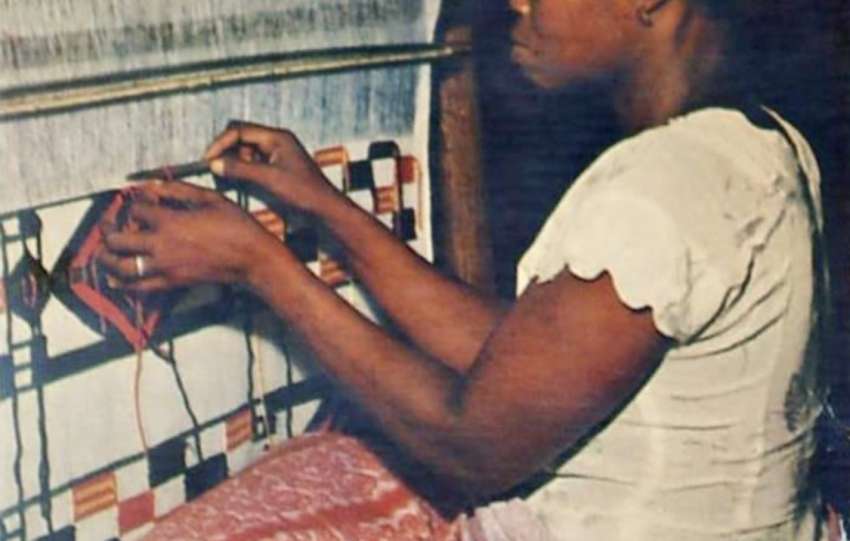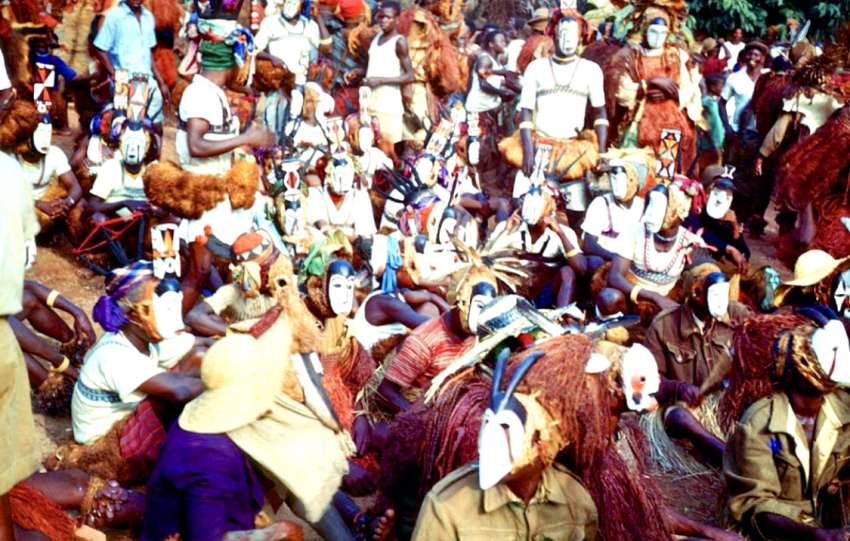Igbo student at domestic sewing lessons, taken by Drs. G.W. (Gerrit Willem) Grootenhuis, 1967.
In 1967, a photograph taken by Dr. Gerrit Willem Grootenhuis captured a significant moment in the education of an Igbo student engaged in domestic sewing lessons. This image reflects broader socio-cultural and economic efforts to empower women and young learners within Igbo…







